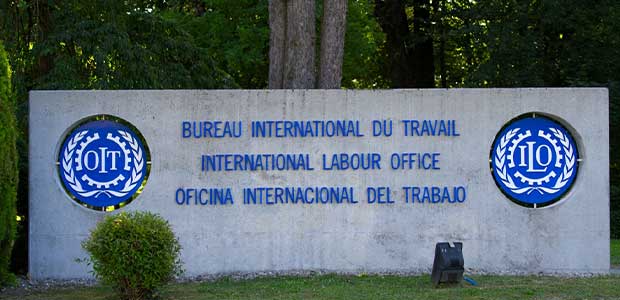
ILO Adds Category to Fundamental Principles and Rights at Work
The new category focuses on occupational safety and health.
- By Alex Saurman
- Jun 14, 2022
A recent decision will greatly influence the lives of workers in many countries.
According to a press release, the International Labor Conference (ILO) added a new category for occupational health and safety to its ILO Declaration of Fundamental Principles and Rights at Work.
This new category is now one of five that ILO members “commit to respect and promote.”
There are over 40 standards and 40 Codes of Practice on occupational safety and health. One of the newer conventions is the Occupational Safety and Health Convention, 1981 (No. 155). Members are encouraged to create a national policy to “prevent accidents and injury” in workplaces. In another newer convention, the Promotional Framework for Occupational Safety and Health Convention, 2006 (No. 187), members are encouraged to establish a national policy, national system and national program.
There are four other categories under the “Fundamental Principles and Rights at Work:
-
freedom of association and the effective recognition of the right to collective bargaining;
-
the elimination of all forms of forced or compulsory labour;
-
the effective abolition of child labour;
-
the elimination of discrimination in respect of employment and occupation.”
The occupational safety and health category was established at the 110th International Labor Conference on Friday, June 10.
Every year, over 2 million people die from work-related injuries and illness across the globe, according to the ILO. Over 160 million people also suffer injuries at work every year.
The ILO, of which 187 states are members, including the United States, is a UN agency that “set labo[r] standards, develop policies and devise progra[m]es promoting decent work for all women and men.”
Photo credit: Shutterstock.com
About the Author
Alex Saurman is a former Content Editor for Occupational Health & Safety,who has since joined OH&S’s client services team. She continues to work closely with OH&S’s editorial team and contributes to the magazine.